Rising Demand for Durable Coatings
The Water-Resistant Paint Market is experiencing a notable increase in demand for durable coatings. This trend is largely driven by the need for long-lasting solutions in both residential and commercial applications. As consumers become more aware of the benefits of water-resistant paints, including their ability to withstand harsh weather conditions and prevent mold growth, the market is projected to grow significantly. According to recent estimates, the demand for water-resistant coatings is expected to rise by approximately 6% annually over the next five years. This growth is indicative of a broader shift towards materials that offer enhanced durability and performance, thereby solidifying the position of water-resistant paints in the construction and renovation sectors.
Expansion of Construction Activities
The Water-Resistant Paint Market is significantly benefiting from the expansion of construction activities across various regions. As urbanization continues to accelerate, there is a heightened demand for new residential and commercial buildings, which in turn drives the need for effective water-resistant coatings. The construction sector is projected to grow at a rate of 4% annually, creating a favorable environment for water-resistant paint manufacturers. This growth is particularly evident in regions experiencing rapid infrastructure development, where the application of water-resistant paints is essential for ensuring the longevity and durability of structures. Consequently, the market is poised for substantial growth as construction activities increase.
Regulatory Support for Quality Standards
The Water-Resistant Paint Market is also shaped by regulatory support aimed at ensuring quality standards in paint products. Governments and regulatory bodies are increasingly implementing guidelines that promote the use of high-quality, water-resistant coatings in construction and renovation projects. These regulations not only enhance consumer confidence but also encourage manufacturers to adhere to stringent quality benchmarks. As a result, the market is likely to benefit from increased demand for compliant products that meet these standards. This regulatory environment is expected to foster a competitive landscape, driving innovation and potentially leading to a market growth of approximately 5% in the near future.
Increased Awareness of Environmental Impact
The Water-Resistant Paint Market is also influenced by a growing awareness of environmental sustainability. Consumers and businesses alike are increasingly seeking eco-friendly paint options that minimize harmful emissions and promote healthier indoor air quality. This shift is prompting manufacturers to innovate and develop water-resistant paints that utilize low-VOC (volatile organic compounds) formulations. As a result, the market is witnessing a surge in products that not only provide water resistance but also align with environmental standards. This trend is expected to drive market growth, as more consumers prioritize sustainability in their purchasing decisions, potentially leading to a market expansion of around 5% in the coming years.
Technological Innovations in Paint Formulations
The Water-Resistant Paint Market is witnessing a wave of technological innovations that enhance the performance of water-resistant coatings. Advances in paint formulations, such as the incorporation of nanotechnology and advanced polymers, are leading to products that offer superior water resistance and durability. These innovations not only improve the functional properties of paints but also expand their applicability across various surfaces and environments. As manufacturers continue to invest in research and development, the market is likely to see an influx of high-performance water-resistant paints that cater to diverse consumer needs. This trend could potentially result in a market growth rate of 7% over the next few years.


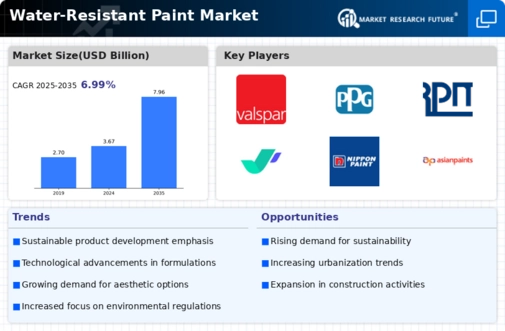
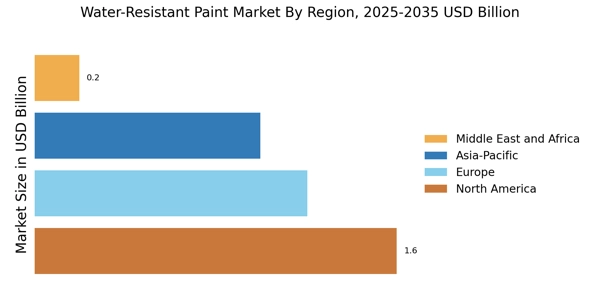
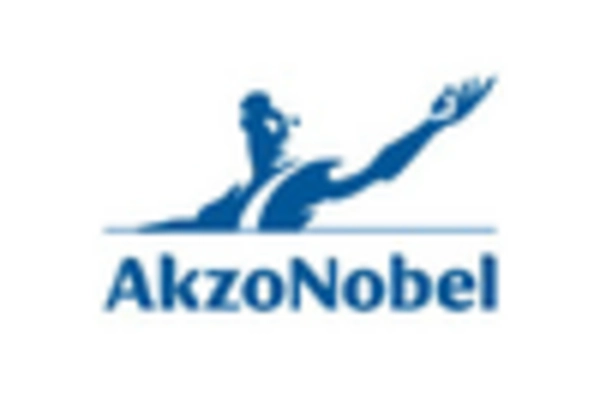

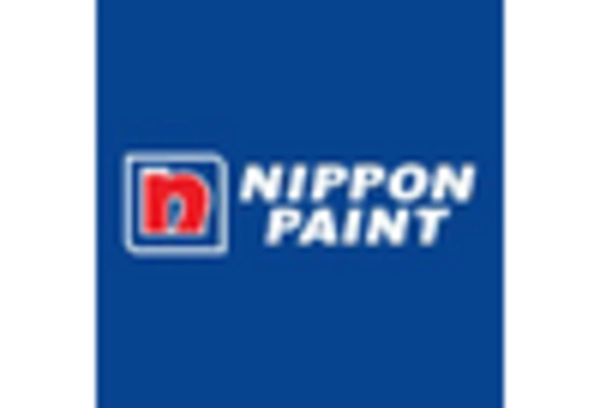
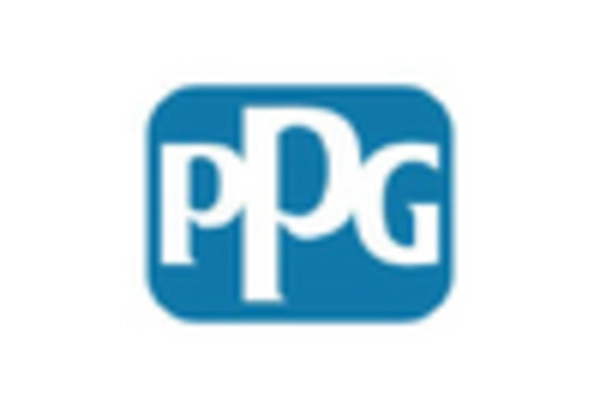
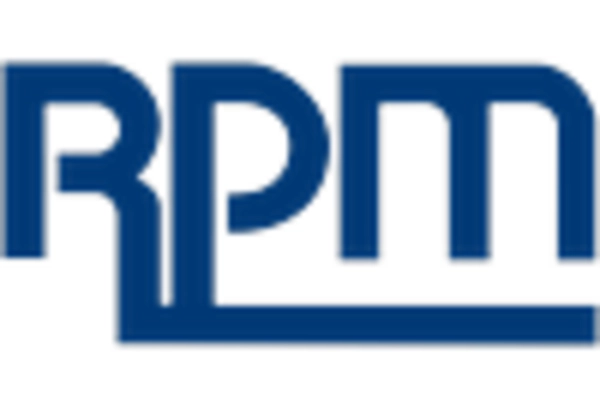
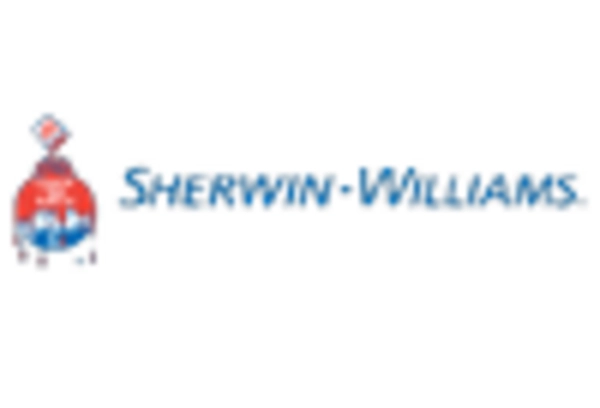








Leave a Comment